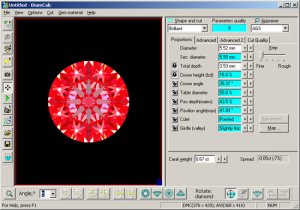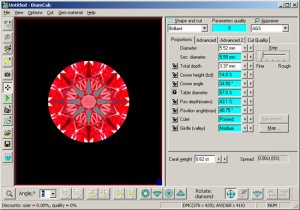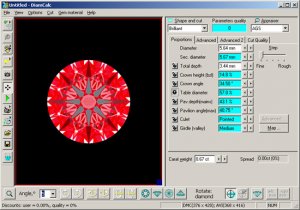I do not have the full depth percentage and none of the angles but using what I have why is this diamond scoring low
Round brilliant 0.67 carat
This is in a B&M store
measurements 5.52 - 5.55 x 3.53 mm
Table 55%
Crown height 16%
Pavillion depth 43.5%
Girdle Thin to Medium
Culet Medium (although I can barely make it out with a loupe)
Polish Good
Proportions Very Good
It is an IGI Antwerp report done in 2004.
Is it the pavillion depth which is bad or what?
Round brilliant 0.67 carat
This is in a B&M store
measurements 5.52 - 5.55 x 3.53 mm
Table 55%
Crown height 16%
Pavillion depth 43.5%
Girdle Thin to Medium
Culet Medium (although I can barely make it out with a loupe)
Polish Good
Proportions Very Good
It is an IGI Antwerp report done in 2004.
Is it the pavillion depth which is bad or what?















300x240.png)